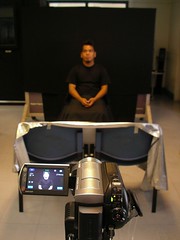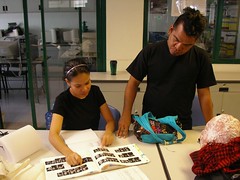How to get Globe Tattoo prepaid wireless working in Fedora 12
updated: added minor details, minor edits
It mostly just worked. By default, Network Manager and Modem Manager are installed. If not, install them first. I also installed the usb_modeswitch utility; but I didn't need it. The USB Modem is detected after about 10 secs.
- Create a new Mobile Broadband connection in Network Manager.
- Network Manager and Modem Manager detects Globe Tattoo as HUAWEI Technology HUAWEI Mobile
- Choose Philippines and Globe Telecom among the mobile broadband providers.
- Accept the default settings and Save.
- Edit the settings
After reading assorted forums and some trial and error, here are the settings in Network Manager that worked for me.
Using the Globe Tattoo Pre-paid SIM card.- access number: *99#
- username: blank
- password: globe
- APN: http.globe.com.ph
Using my Globe Post-paid SIM card.
I inserted my Globe Post-paid card in the modem and it worked. I made sure that I had set my internet settings to TIME. (Send TIME to 1111 via text message)
- access number: *99#
- username: globe
- password: globe
- APN: internet.globe.com.ph
Other notes
- Markings on the USB Modem declare it as a Huawei E1552 HSDPA USB stick
- lsub shows it is a Huawei Technologies Co., Ltd. E620 USB Modem
- lsub shows the USB ID as 12d1:1001
- The USB modem also shows up as a storage device with drivers and utilities for Windows, Mac OS. I didn't try these out. I usually just unmount this.
- A fancy colored sticker covers the LED indicator. The sticker was easy to remove, just peel slowly.
- The LED flashes green when connecting to 2G network.
- The LED flashes blue when connecting to 3G+ networks
- If the LED is steady the modem has successfully connected to the network.
- Under the SIM slot, there is a microSD card slot. I have yet to try this.
- I have 64-bit Fedora 12 installed on a Lenovo Thinkpad SL400; that's a topic for another post.




